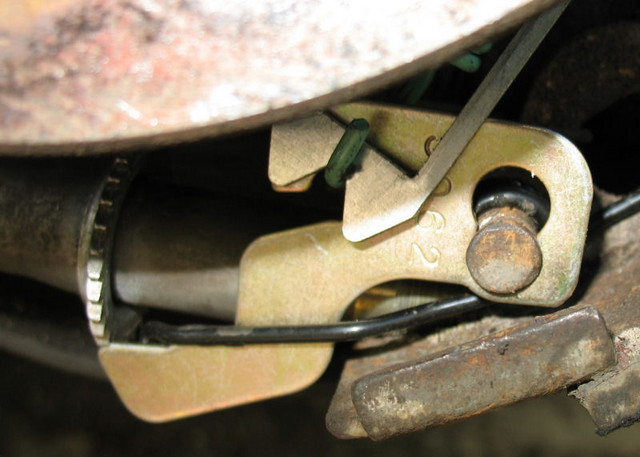Nosolace001
NAXJA Forum User
- Location
- Arizona
:wave:
I have a 2001 Cherokee in which I have installed an XJ Dana 44, all new drum parts, pads and drums. Ever since I installed the axle my brakes have been completely spongy for the first 1/2 of their travel and then suddenly engage and brake very well. I discovered this to be the rear drums WAY out of adjustment, almost all the way backed out. I adjusted the drums and the Jeep had excellent brakes... for three days, and now they are back to crap. I have done this twice now and can't figure out how the drums are un-adjusting themselves?!
Is the self-adjuster handed? Could I have installed the Driver's Adjuster on the Passenger and visa versa?
Thoughts?
I have a 2001 Cherokee in which I have installed an XJ Dana 44, all new drum parts, pads and drums. Ever since I installed the axle my brakes have been completely spongy for the first 1/2 of their travel and then suddenly engage and brake very well. I discovered this to be the rear drums WAY out of adjustment, almost all the way backed out. I adjusted the drums and the Jeep had excellent brakes... for three days, and now they are back to crap. I have done this twice now and can't figure out how the drums are un-adjusting themselves?!
Is the self-adjuster handed? Could I have installed the Driver's Adjuster on the Passenger and visa versa?
Thoughts?

